Perseverance’s six-wheel drive leaves quite an imprint in its path. Those wheels are ready to carry the rover over an ancient river delta.
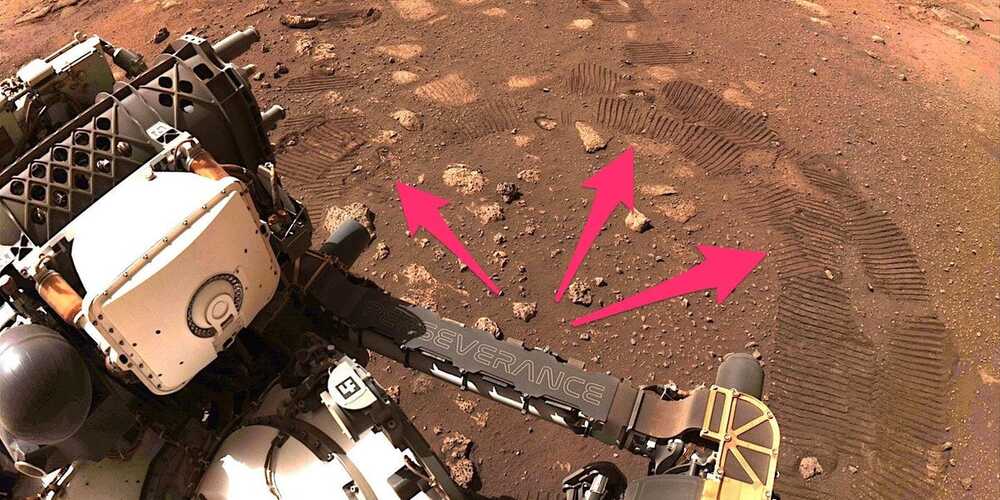

The Spiral of the Southern Pinwheel The Dark Energy Camera (DECam), which was originally designed for the Dark Energy Survey, has captured one of the deepest images ever taken of Messier 83, a spiral galaxy playfully known as the Southern Pinwheel. Built by the US Department of Energy, DECam is mounted on the Víctor M. Blanco 4-meter Telescope at the Cerro Tololo Inter-American Observatory (CTIO), a Program of NSF’s NOIRLab.
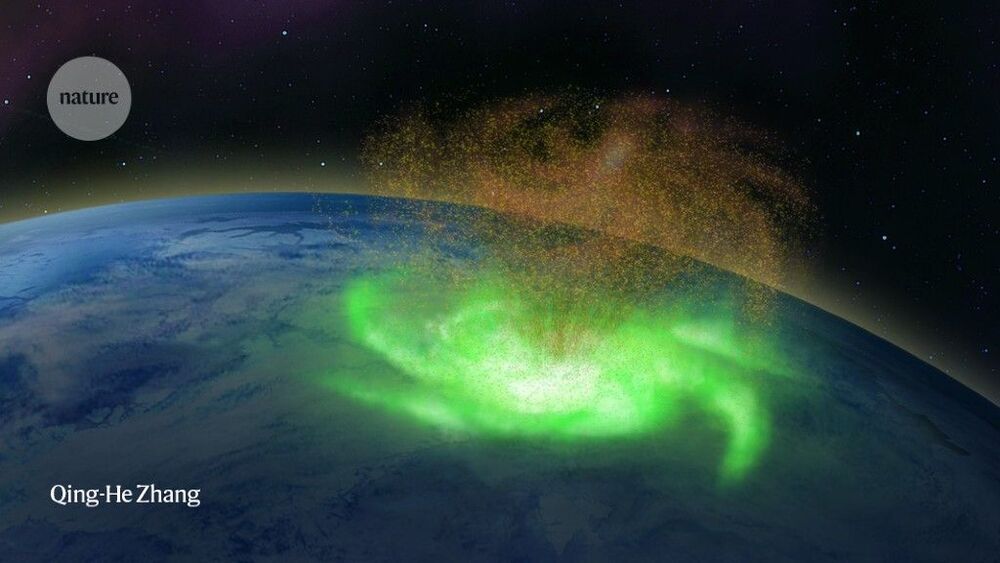
Satellite observations have revealed an unprecedented ‘space hurricane’ in Earth’s upper atmosphere, hinting that such events could occur on other planetary bodies.
Scientists have previously documented hurricanes in the lower atmospheres of Mars, Jupiter and Saturn. Similar phenomena have even been spotted on the Sun. But the existence of space hurricanes — hurricane-like circulation patterns in planets’ upper atmospheres — has been uncertain.
Earth’s upper atmosphere cooks up a storm.
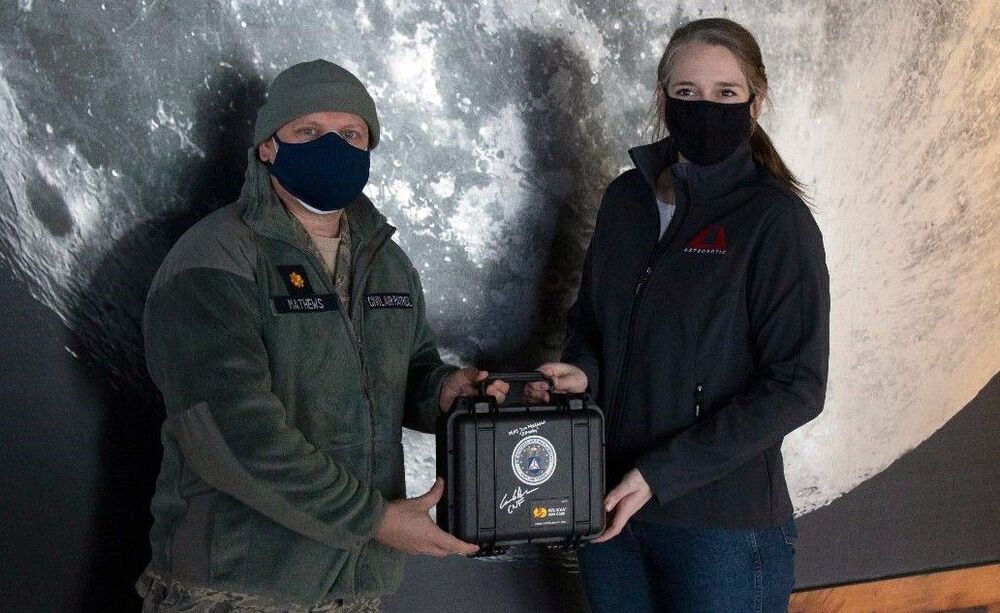
NEW: A microchip carrying more than 27,000 Civil Air Patrol names with related messages and images is set to be carried to the moon later this year aboard space robotics company Astrobotic’s Peregrine lunar lander. https://www.cap.news/next-stop-the-moon-for-27000-cap-names/

 A microchip carrying more than 27000 Civil Air Patrol names with related messages and images is set to be carried to the moon later this year aboard space robotics company Astrobotic’s Peregrine lunar lander.
A microchip carrying more than 27000 Civil Air Patrol names with related messages and images is set to be carried to the moon later this year aboard space robotics company Astrobotic’s Peregrine lunar lander.

Ultimately, Cyrille Przybyla, an aquaculture researcher at the French Research Institute for Exploitation of the Sea who led the research, dreams of designing a lunar fish farm that uses water already on the moon to help feed residents of the future Moon Village set to be established by the European Space Agency (ESA). The Lunar Hatch project is just one of around 300 ideas currently under evaluation by the ESA, and may or may not be selected for the final mission. Przybyla’… See More.
To boldly farm fish where no one has farmed fish before.
Elon Musk’s Insane Idea to Get 1 Million People on Mars by 2050.
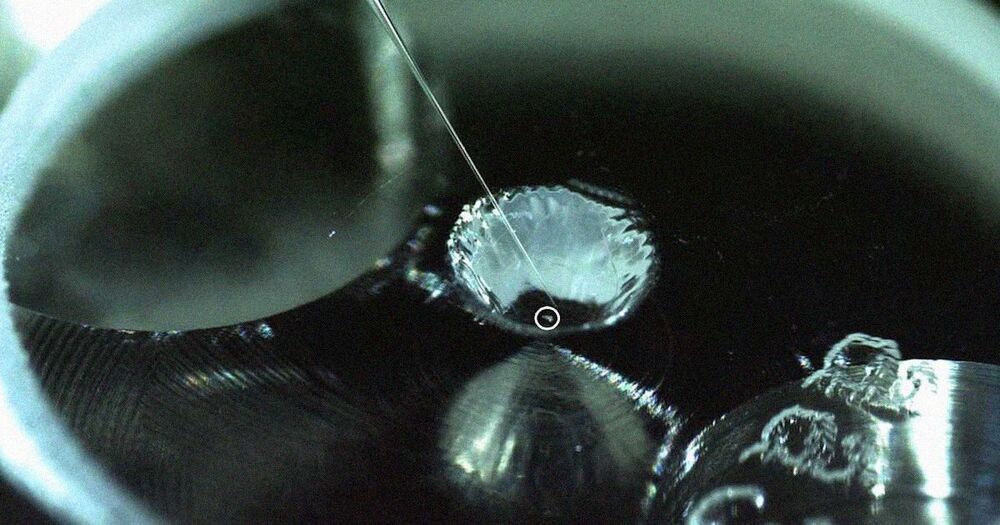
The Perseverance rover’s Mars Environmental Dynamics Analyzer (MEDA) is set to collect data on wind with the deployment of a sensor on Mar. 12021 (Sol 10). See imagery of the deployment and hear audio of the Martian wind captured by a microphone on Feb. 20. — NASA’s Perseverance Rover Explained: https://www.space.com/perseverance-mars-2020-rover.html.
Credit: Space.com | footage & audio: NASA/JPL-Caltech | produced & edited by Steve Spaleta (http://www.twitter.com/stevespaleta)
The China National Space Administration (CNSA) on Thursday released three high-resolution images of Mars captured by the country’s Tianwen-1 probe.
http://www.cctvplus.com/news/20210304/8180114.shtml#!language=1
Welcome to subscribe us on:
Facebook: https://www.facebook.com/NewsContent.CCTVPLUS
Twitter: https://twitter.com/CCTV_Plus.
LinkedIn: https://www.linkedin.com/company/cctv-news-content.
Video on Demand: www.cctvplus.com.
If you are in demand of this video footage, please contact with our business development team via email: [email protected]
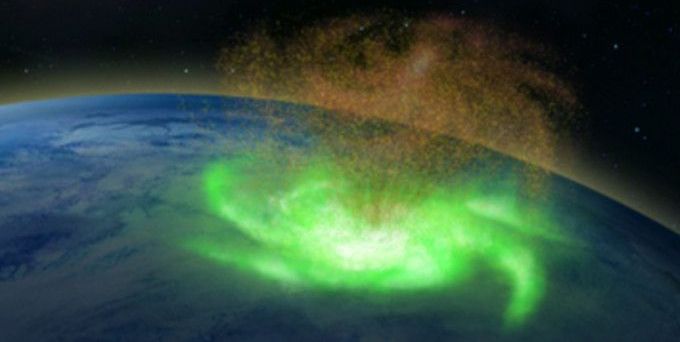
A first-ever “space hurricane” was spotted whirling above the Earth, scientists said.
The 600-mile-wide mass of plasma occurred several hundreds of miles above the North Pole, according to a study in the journal Nature Communications.
“Until now, it was uncertain that space plasma hurricanes even existed, so to prove this with such a striking observation is incredible,” said Mike Lockwood, a space scientist at the University of Reading and co-author of the study, in a statement.